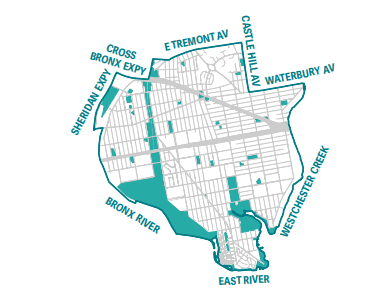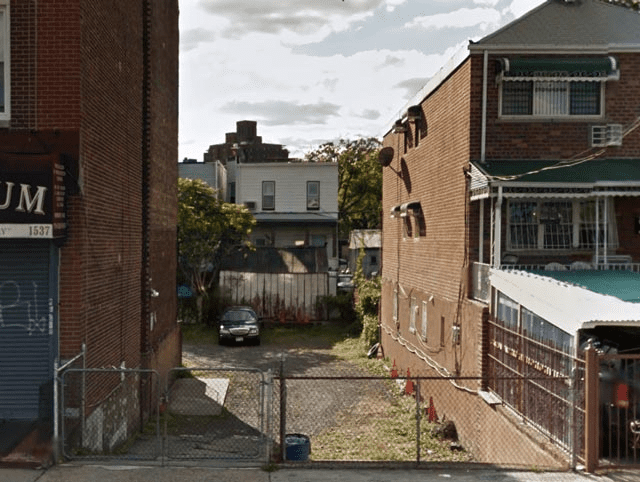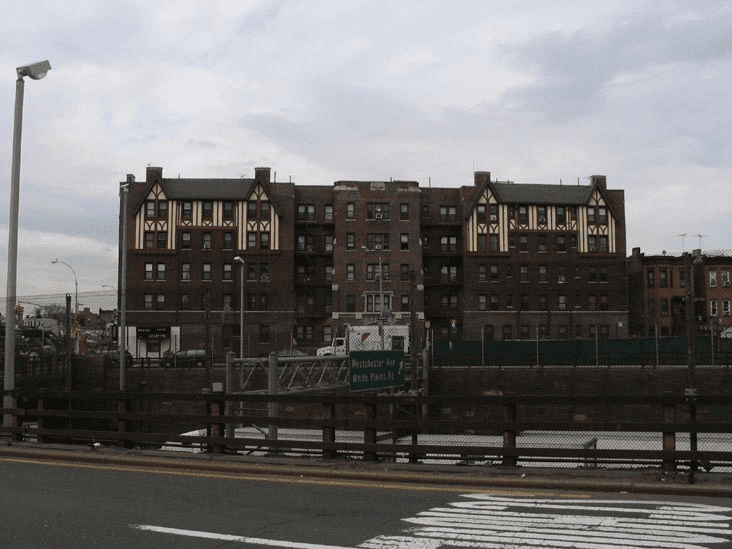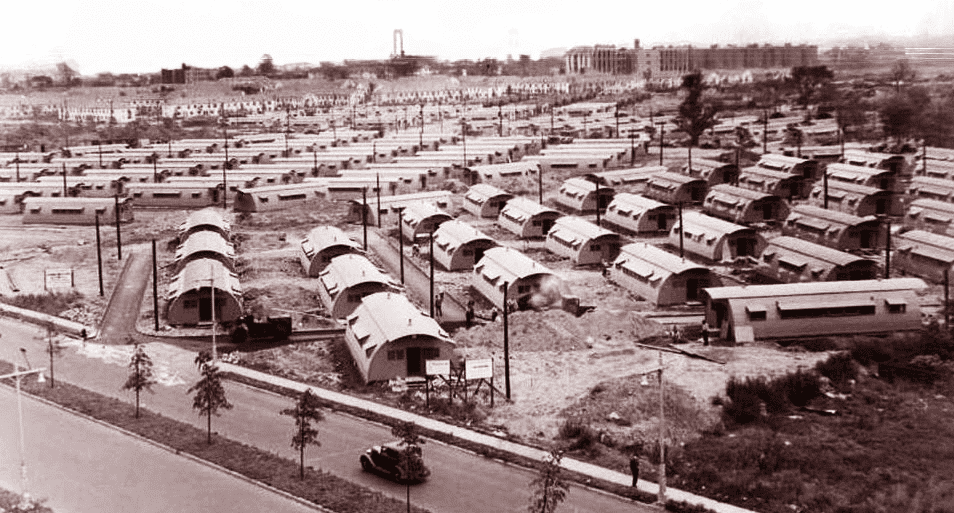There are a lot of positive and negative things about New York, but it is worth noting that the city has a diverse culture. Latin Americans, Europeans, African Americans and people from India or China live side by side there. The city also has Russian-speaking quartes and even places where Muslims are concentrated. Therefore, The Big Apple is a combination of different cultures, ethnic groups and architecture. Look at Castle Hill, which is in the Bronx, all the things mentioned above are intertwined here. Do you live or have lived in this area? No. Well, we are sure you will be interested to learn about the architectural features of this place. The website bronx-future.com. will tell you more about it.

Historical background of Castle Hill
According to nytimes.com, Castle Hill didn’t appear out of nowhere. Since ancient times, Algonquian indigenous people who called themselves the Lenape tribe, which meant “the people ”, lived in this area. The Indians called this place Lenapehoking. Their territory stretched from the Hudson River to the Delaware River. Nearby were the Mannhattoe, Weckquaesgeek and Siwanoy Wappinger groups of people to the south. The Tankiteke, Sintsink and Kitchawank Wappinger bonds lived up north.
But the Age of Discovery came and Europeans landed in North America. The first people to set foot in Castle Hill were Giovanni da Verrazzano in 1524 and Henry Hudson in 1609. The Dutch settlers arrived next in 1620 and English immigrants later in 1640. The latter found a fortified Indian settlement there, which was located on the East River bank, and founded their own. The Dutch also planted the Westchester settlement in 1642. At that time, Westchester was located in the modern Bronx area and actually was part of it. Until 1775, it was one of the wealthiest parts of New York’s colonies. The American Revolutionary War affected this place. It was devastated. But five years after the war, the Westchester settlement was revived. Over 24 thousand people lived there.

Castle Hill in the 19th century
Another 150 years have passed and the neighborhood has gotten a new life. In 1868, on the site of Indian, English and Dutch settlements, a rich district emerged. Wealthy people tired of the city hustle and bustle planned to live there. Located on the outskirts of New York, Castle Hill was actively expanding. In these years, the district was called “Castle Hill-on-the-Sound”. In addition to expensive housing, its residents had the opportunity to admire beautiful views of the Hudson and Long Island Sound. The houses of the new tenants had an Eastern European style and belonged to the Palazzo style.
The railroad construction contributed to the popularity of this suburban district. It passed through Castle Hill, so it was not just the crew that was convenient to get here. The railroad also supplied goods and materials to this place, enhancing the development of the neighborhood.
Another 30 years passed, and in 1895, a company was founded to build a hotel and villas for tourists in this area. The hotel was never built, unlike the villas that appeared here. Therefore, rich New Yorkers got the opportunity to rest in Castle Hill.
In the same year, Castle Hill turned into one of New York’s shopping centers. The thing is, the trading area was opened here, which means there were a lot of buyers and sellers.

New trends in architecture and urban planning in the 20th century
The previous century radically changed the architecture of the Bronx. Castle Hill has changed. Subway lines, highways and high-rise buildings for workers and immigrants were built here. Many-storeyed houses had thick walls and large apartments. Those who could not afford housing in Manhattan or Brooklyn started moving into this district. That is why the population composition changed here.
In 1911, a large factory of the Federal Cartridge Company was built in this area, which employed many people. Other companies have also developed with the help of this enterprise.
In the 1930s, multi-story houses continued to be built in Castle Hill, which caused the growth of the population. When the subway was built, new houses appeared along the IRT Pelham Line on Westchester Avenue and Castle Hill Avenue. There used to be a tram in this place. Typically, three-story buildings were constructed, they were cramped and did not have enough resting space. Higher houses also were popular, as this area was in demand among tenants. In those years, there were many immigrants from Europe who first left their homeland: Ireland, Italy and Germany, but were forced to move out of Lower Manhattan as well. Part of Castle Hill lands was not developed intentionally to later build temporary housing “A Quonset hut”. These are lightweight prefabricated structures made of corrugated galvanized steel. This accommodation was meant for the World War veterans, who, at that time, were returning home and demobilized.

Changes in the mid and second half of the 20th century
In the 1950s, the development tendency in this neighborhood continued. Several thousand new buildings were constructed by the city order. The Bruckner Expressway was built alongside, speeding up the drive from downtown to this suburb. In 1959, Castle Hill Houses appeared here, therefore, the number of buildings increased by almost 2,000.
In the 1970s, the funding for the construction ceased and the quarter began to decline. There was no infrastructure for its development. It caused poverty and crime. Investments began to be provided only in the 90s.
Castle Hill today
When was the last time you were in Castle Hill? Until recently, it would have been better not to visit this area. There was crime, drug abuse, abandoned ruins and no prospects for the youth. There are some changes now. The quarter partially got rid of its past. The crime rate has dropped and housing development has increased. Even some people are starting to come back after being forced to leave. It’s a “quiet neighborhood now”, notes the district Governor F. Gonzalez, referring to Castle Hill. The biggest problem of the quarter nowadays is traffic jams. The official says he would like this to be the main issue, not lawlessness. There used to be gunshots here, and drugs were freely available. In 1990, one of the police stations, which included Castle Hill, had the following statistics: 50 murders and almost 2,000 thefts. By the end of the century, these figures have drastically decreased.
It used to be Europeans who lived here before, now this place is occupied by Latin Americans, African Americans, Asians and Italians. Most of Castle Hill’s residents call themselves Latinos.
The area is now predominantly residential. The houses are divided into two families and are located separately. There are plenty of stores, shopping malls, recreational facilities for children, such as the Bronx YMCA, as well as Kips Bay Boys and Girls Club. Locals can visit restaurants and swimming pools. There are a number of libraries and schools, however, having low rates.
So, Castle Hill is still alive and tends to develop, isn’t it?


